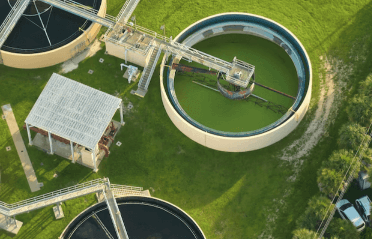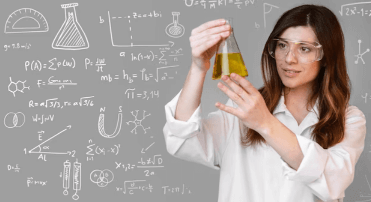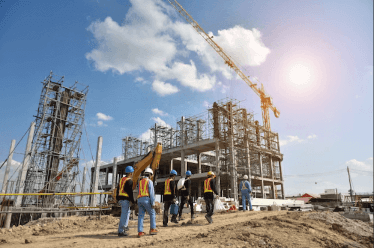Question
a.
Methanol synthesis
b.
Catalytic cracking
c.
Ammonia synthesis
d.
Oxidation of sulphur
Posted under Basic Chemical Engineering
Interact with the Community - Share Your Thoughts
Uncertain About the Answer? Seek Clarification Here.
Understand the Explanation? Include it Here.
Q. From among the following, choose one which is not an exothermic process.
Similar Questions
Explore Relevant Multiple Choice Questions (MCQs)
Q. The fractional volume change of the system for the isothermal gas phase reaction, A → 3B , between no conversion and complete conversion is
View solution
Q. A catalyst
View solution
Q. In case of physical adsorption, the heat of adsorption is of the order of __________ kcal/kg.mole.
View solution
Q. The most unsuitable reactor for carrying out reactions in which high reactant concentration favours high yields is
View solution
Q. Pick out the wrong statement pertaining to space velocity of flow reactors.
View solution
Q. A reactor is generally termed as an autoclave, when it is a
View solution
Q. 6 gm of carbon is burnt with an amount of air containing 18 gm oxygen. The product contains 16.5 gms CO₂ and 2.8 gms CO besides other constituents. What is the degree of conversion on the basis of disappearance of limiting reactant ?
View solution
Q. The rate constant of a chemical reaction decreases by decreasing the
View solution
Q. __________ is the response curve for a step input signal from a reactor.
View solution
Q. 'If the catalyst pore size is small in comparison with the mean free path, collisions with the pore wall controls the process'. The diffusivity under this condition is called 'Knudsen diffusivity', which is affected by the
View solution
Q. For high conversion in a highly exothermic solid catalysed reaction, use a __________ bed reactor.
View solution
Q. For every 10°C rise in temperature, the rate of chemical reaction doubles. When the temperature is increased from 30 to 70°C, the rate of reaction increases __________ times.
View solution
Q. The single parameter model proposed for describing non-ideal flow is the __________ model.
View solution
Q. A first order reaction requires two equal sized CSTR. The conversion is
View solution
Q. Rate constant for a first order reaction does not depend upon reaction time, extent of reaction and the initial concentration of reactants ; but it is a function of reaction temperature. In a chemical reaction, the time required to reduce the concentration of reactant from 100 gm moles/litre to 50 gm moles/litre is same as that required to reduce it from 2 gm moles/litre to 1 gm mole/litre in the same volume. Then the order of this reaction is
View solution
Q. Which of the following is an independent variable for a batch tank reactor with uniform concentration and temperature ?
View solution
Q. For reactions in parallel viz A → P (desired product) and A → Q (unwanted product), if the order of the desired reaction is higher than that of the undesired reaction, a
View solution
Q. For a gaseous phase reaction, rate of reaction is equal to K. Cᴀ . Cʙ. If the volume of the reactor is suddenly reduced to 1/4th of its initial volume, then the rate of reaction compared to the original rate will be __________ times.
View solution
Q. In a reversible chemical reaction having two reactants in equilibrium, if the concentration of the reactants are doubled, then the equilibrium constant will
View solution
Q. The catalyst in a second order reversible reaction increases the rate of the forward reaction
View solution
Recommended Subjects
Are you eager to expand your knowledge beyond Basic Chemical Engineering? We've handpicked a range of related categories that you might find intriguing.
Click on the categories below to discover a wealth of MCQs and enrich your understanding of various subjects. Happy exploring!








